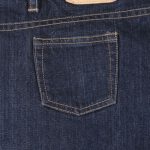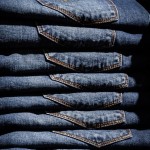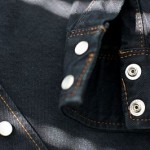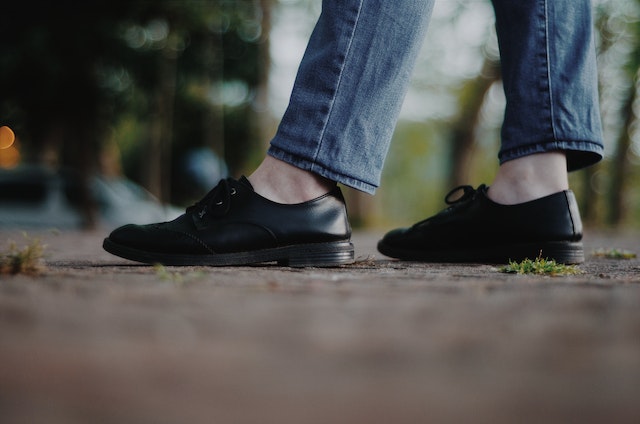
by MakeYourOwnJeans | jeans |
Choosing jeans in the right size for your body is essential to a comfortable fit. If they are too big or too small, you may not be able to wear them. And even if you’re able to put them on, they may cause discomfort. You can avoid problems such as these by choosing jeans in the right size. There are several different measurements in which jeans are made, however. While you might be familiar with traditional length and waist sizes, there are other measurements to consider. By familiarizing yourself with the following jean measurements, you’ll have an easier time finding the perfect size for your body. Inseam Inseam is a common measurement for jeans. Whether you’re shopping for stretch jeans, boot-cut jeans, cropped jeans or any other style, you should consider the inseam. What is inseam exactly, and how do you measure it? The term “inseam” refers to the distance from the bottom of the pant legs to the bottom of the crotch. You can measure it by taking a tape measure — use a fabric tape measure for the best results — and running it from the hem at the bottom of the pant legs all the way to the bottom of the crotch. The distance between these two points is the inseam. The longer the inseam, the longer the jeans will be. Outseam In addition to inseam, there’s outseam. Jeans have both an inseam and outsteam. While some people assume these two measurements are the same, this isn’t the case. Inseam and outseam represent different areas of jeans. The term “outseam” refers to the distance from the...
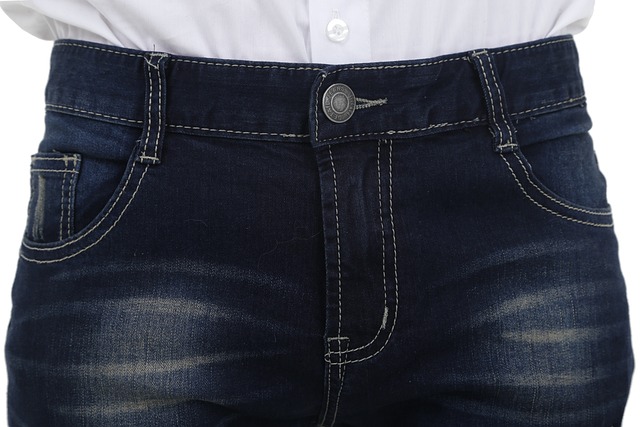
by MakeYourOwnJeans | denims, jeans |
When shopping for jeans, you may come across raw denim jeans. They are made of the same cotton-based denim as most other jeans, and you can find them in many of the same colors. Raw denim jeans, however, feature different characteristics that distinguish them from their counterparts. What are raw denim jeans, and how do they differ from other types of jeans? Overview of Raw Denim Jeans Raw denim jeans are denim trousers that have not been washed during production. They are also known as unwashed denim jeans. You can still wash a pair of raw denim jeans after buying them. If they are made of raw denim, it simply means the manufacturer didn’t wash them during production. Manufacturers create raw denim jeans using a loom and denim. Denim, of course, is cotton with a particular weaving pattern. Raw denim jeans are made of the same cotton-based denim as other types of jeans. They are simply known as “raw denim jeans” because they aren’t washed during production. Manufacturers produce them using a loom and denim, after which they sell the raw denim jeans without washing them. Raw Denim vs Washed Denim Jeans Nearly all jeans can be classified as raw denim or washed denim depending on how they are produced. Jeans that aren’t washed during production are classified as raw denim, whereas jeans that are washed during production are classified as washed denim. Manufacturers submerge washed denim jeans in hot water during production. This washing process changes the jeans’ properties. They’ll typically fade to a lighter color, for instance, and they’ll shrink to a slightly smaller size. Raw denim...
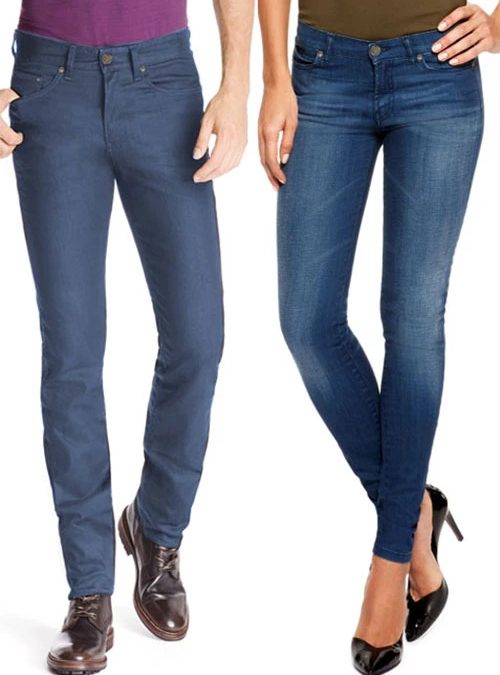
by MakeYourOwnJeans | jeans |
Jeggings have become increasingly popular in recent years. They emerged during the early 2000s in response to the rise of skinny jeans. Since then, jeggings have become more and more popular. Before including them in your outfits, though, there are several things you need to know about jeggings. What Are Jeggings? Jeggings are trousers that feature the characteristics of both jeans and leggings. Based on their appearance alone, many people assume they are jeans. Jeggings are made of denim, and most of them feature the same light blue or indigo color as jeans. But jeans are hybrid trousers that feature characteristics of both jeans and leggings. Like leggings, jeggings are form-fitting. They offer a snug fit that hugs your body when worn. This is because jeggings are made of a special type of denim. Known as stretch denim, it contains an elastic material. Stretch denim typically consists of about 98% cotton and 2% lycra, the latter of which is an elastic material. Stretch denim lives up to its namesake by featuring elastic, stretchy characteristics. Common characteristics of jeggings include the following: Made of stretch denimForm-fittingFull length that completely covers the legsStandard denim pocket configurationZipper or button fly Jeggings vs Traditional Jeans: What’s the Difference? Jeggings are still classified as jeans, but they aren’t necessarily the same as traditional jeans. Traditional jeans are available in both plain denim and stretch denim. Plain denim consists entirely of cotton. It’s still soft, but it doesn’t offer the same stretchy characteristics as stretch denim. Jeggings, on the other hand, are only available in stretch denim. Leggings are stretchy. To achieve a similar level...
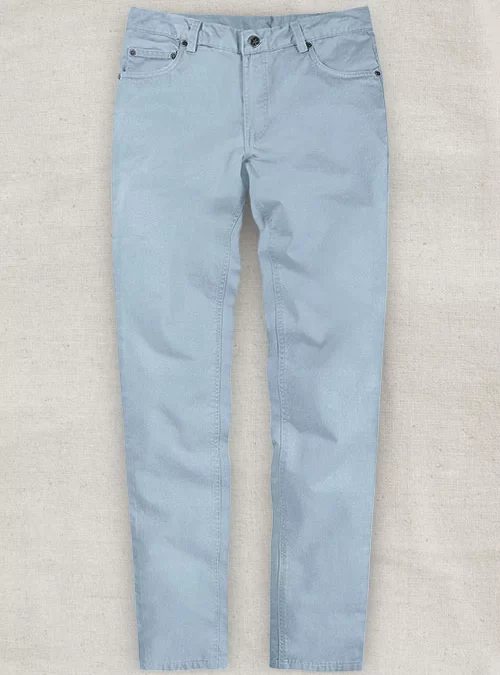
by MakeYourOwnJeans | jeans |
Have you heard of summer weight jeans? Regardless of the season, you may want to incorporate them into your daily outfits. Summer weight jeans are lightweight, stylish jeans that are exceptionally comfortable to wear. What are summer weight jeans exactly, and how do they differ from other types of jeans? Overview of Summer Weight Jeans Summer weight jeans are denim trousers that are characterized by a lightweight construction. They are known as “summer weight jeans” because they are commonly worn during the summer. Summer is the warmest season of the year. And as the summer temperatures begin to increase, you’ll need to selectively choose garments that are cool and comfortable. Summer weight jeans are the perfect choice for the summer season. With their lightweight construction, they won’t leave you feeling hot. Summer weight jeans are cool and comfortable. And contrary to what their name suggests, you can wear them year-round. Whether it’s spring, summer, fall or winter, you can take advantage of the comfortable, stylish properties of summer weight jeans. Summer Weight Jeans vs Other Types Jeans All types of jeans are classified as denim trousers. They are made of denim, which is a cotton textile in which the weft thread goes under two or more warp threads. Summer weight jeans are simply thinner and more lightweight than other types of jeans. Other types of jeans can feel somewhat heavy. They are made of thicker, heavier denim. Summer weight jeans are distinguished from all other types of jeans by their lightweight construction. They are still made of denim, but summer weight jeans weigh less than their traditional counterparts. Common...
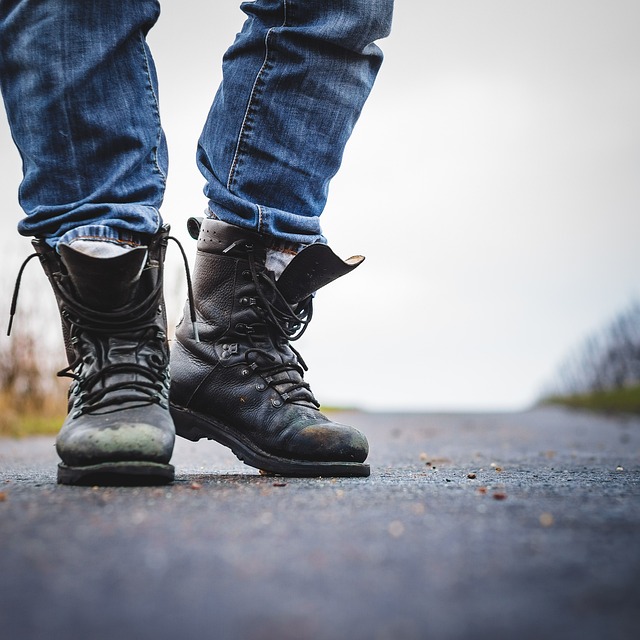
by MakeYourOwnJeans | jeans |
Do you have one or more old pairs of jeans gathering dust in your closet? Rather than throwing them away, you should consider upcycling them. Most garments don’t last forever — and jeans are no exception. Over time, jeans will begin to show signs of aging. Fortunately, you don’t have to toss your old jeans in the trash. Upcycling offers an eco-friendly solution. It will allow you to squeeze a little more use out of your jeans by turning them into something else. What Is Upcycling? Upcycling is the process of transforming old or damaged garments into something new. The term “upcycling” was coined by German engineer Reiner Pilz in the late 1990s. Pilz saw that recycling items diminished their value, which prompted him to come up with a solution. Upcycling had the opposite effect. When upcycled, the value of items increased. Upcycling isn’t limited to jeans. You can upcycle all types of garments as well as other old items. Nonetheless, upcycling your old jeans offers several advantages. It reduces landfill waste, promotes a cleaner environment and allows you to get more use out of your old jeans. Here are some of the different ways that you can upcycle your old jeans. There’s also downcycling. Downcycling is essentially the opposite of upcycling. While upcycling involves turning an old or damaged garment into something new and better, downcycling involves turning and old or damaged garment into something of lesser quality and lesser value. Create Denim Shorts You may be able to turn your old jeans into denim shorts via upcycling. You don’t need a sewing machine, nor do you need...
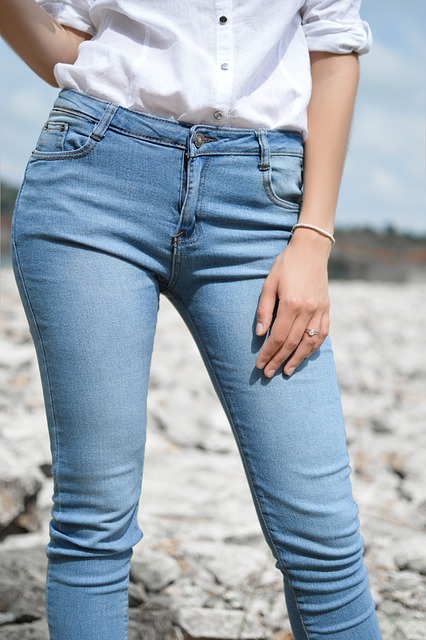
by MakeYourOwnJeans | jeans |
Drainpipe jeans have become increasingly popular in recent years. Also known as stovepipe jeans and skinny jeans, they are characterized by a tapered fit. Drainpipe jeans don’t run straight through the thighs and legs. Instead, they featured a tapered design. To learn more about drainpipe jeans, including how they differ from traditional jeans, keep reading. What Are Drainpipe Jeans? Drainpipe jeans are denim trousers that become narrower towards the bottom of the pant legs. As previously mentioned, they feature a tapered fit. A tapered fit means they don’t have a uniform circumference. Drainpipe jeans and other jeans with a tapered fit are either wider or narrower in certain areas. Drainpipe jeans are typically wider in the thighs and narrower at the bottom of the pant legs. Drainpipe Jeans vs Traditional Jeans: What’s the Difference? You might be wondering how drainpipe jeans differ from traditional jeans. All jeans are made of denim, including traditional jeans and drainpipe jeans. The difference lies in their fit. Traditional jeans typically feature a non-tapered fit. They run straight through the thighs and legs. Drainpipe jeans, on the other hand, feature a tapered fit. They are tapered in the sense that they become narrower towards the bottom of the pant legs. Drainpipe is a specific style of jeans. It refers to jeans that are tapered. Drainpipe jeans are wider in the thighs. As they progress farther down the pant legs, drainpipe jeans become narrower. Some of them may have a straight leg opening, but the bottom of drainpipe jeans is always narrower than the top. Therefore, you can distinguish between drainpipe jeans and traditional jeans...








